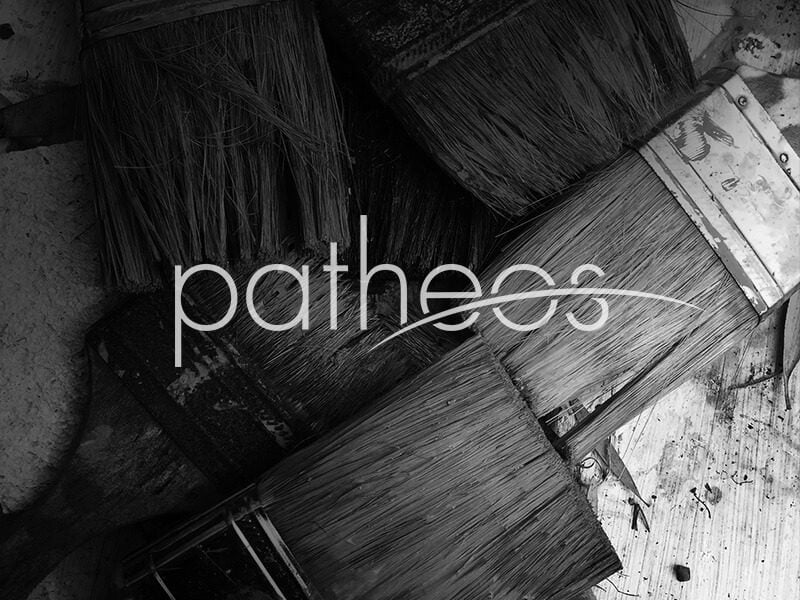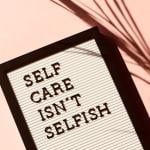This is Floice. She has four children and two orphans (children she took in after their parents died, presumably from HIV/AIDS) and lives with them in a tiny flat in the Kibera slums, the largest in East Africa and the second largest in all of Africa after Soweto in South Africa.
Floice struggles mightily to provide the basic necessities for her family. Food every day, school uniforms so the children can attend school, basic medical care, etc.
For the last year or so, Floice has been a part of an ingenious micro-investment plan supported in Kibera by the Global Alliance for Africa. It’s a women’s collective, where they find ways to support themselves by opening small businesses – a vegetable stand at the enormous open-air market in Kibera, a butcher shop, a mending/tailoring business, or, in Floice’s case, a weaving collective. In workshops sponsored by Jikaze (the women’s group supported by Global Alliance) Joice learned how to weave rugs, which she sells and contributes to the collective. She gets a portion of the proceeds and is then able to apply for a loan from the group.
An average first-level grant for one of the Jikaze women is about 5000 Kenyan Shillings – or about $75. They do remarkable things with that money – making it stretch and grow, reinvesting the money back into their business, paying off the loan principle and even saving some on the side.
Here’s some video (in two parts) from the Jikaze Weavers Project in Kibera taken by yours truly this a.m. I have a much longer version but Kenyan technology did not allow me to upload it. (This is a real learning process for a novice videographer so please, bear with me…)
Here is Floice showing us a rug she finished today for us. We’d admired her work yesterday so she finished it for us in time to collect before we left Kibera. (And yes, that is Mother Teresa on her t-shirt.)
Kibera is an astounding place. Abject poverty is not something one can understand until it’s experienced up close and personal. All around us, there was constant motion. Sweeping, cleaning, scrubbing, tending. Tiny shops lined the streets cheek-by-jowl selling any goods and services imaginable. While the sewers run open and running water and electricity are still rarities for most residents, this is a vibrant place, full of life.
The children especially … A favorite moment from our time in Kibera was when we were walking by a school/orphanage – the building itself enchanting (truly) with its slap-dash sheet metal sides painted a most remarkable shade of azure. School children in their purple collared uniforms played all around us. As we were walking by, I began to hear a song (or what a thought was a song) – a chorus of voices that I soon realized were children up the hill in the slum looking through a fence and chanting “Mzungu, Mzungu, How are you? How are you?” at my husband and me. They were so darling. Dazzling smiles and mischievous eyes flashing. I wanted to scoop them up and take them home with me.
But that’s a project for another day.
We didn’t bring the camera with us into the slums as we met with many residents. Didn’t want to have something standing in the way between us and another soul we were meeting for the first time. But will did pull it out at the end to take a few snaps of Kibera. Below you can see the school and part of the slums, which are enormous. More than a million people on a geographical area about 3/4 the size of Central Park in NYC.















